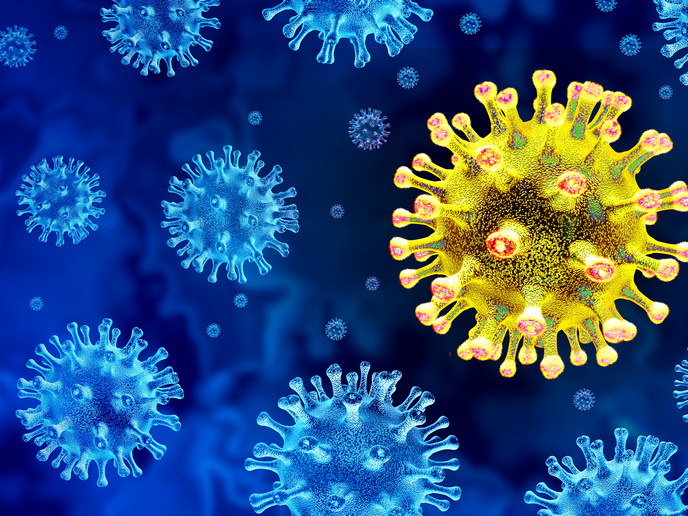Evolution of bioenergetic pathways in prokaryotes
Studies into molecular evolution and data from the geological record have revealed that these bioenergetic pathways evolved within the first billion years of life on Earth. Although each pathway has been studied in great detail in isolation, little research has been conducted into how this metabolic diversity evolved. Did each pathway evolve independently or did all evolve from a common ancestral metabolic mode? Were pre-existing pathways used that evolved into new pathways? The EU-funded EBIODIP (The emergence of bioenergetic diversity in prokaryotes) project tested these hypotheses using a comparative genomics and phylogenetics analysis of the core protein complexes involved in energy metabolism. Most bioenergetic pathways are based on an electron transport chain (ETC). This is composed of protein complexes acting as electron donors and acceptors, with a central cytochrome bc-type complex and electron carriers between them, and an ATP synthase. The different protein complexes that participate in distinct ETCs were therefore compared using data from 272 species of fully sequenced bacteria and archaea. Researchers analysed the molecular evolution of the ATP synthase and the cytochrome bc-type complexes to determine any characteristics derived from a common ancestor. Results showed that species did not group together based on bioenergetic mode. In addition, different cytochrome b types were found in many lineages of the bacteria and archaea, forming distinct groups in phylogenetic analysis. This indicates an ancient origin for this complex, and diversification of different cytochrome b types before diversification of lineages. Moreover, in some cases there was evidence of prolific horizontal gene transfer between different species of bacteria and archaea. EBIODIP revealed the molecular evolution of the core enzymes of ETCs. It also suggested a flexibility of certain parts of the system (for example, ATP synthase that can function regardless of the type of ETC) as well as cases of gene transfer, such as for b-type cytochromes. Although the picture is not yet fully complete, EBIODIP has made a major contribution to answering the question of how metabolic pathways evolved in prokaryote life.







